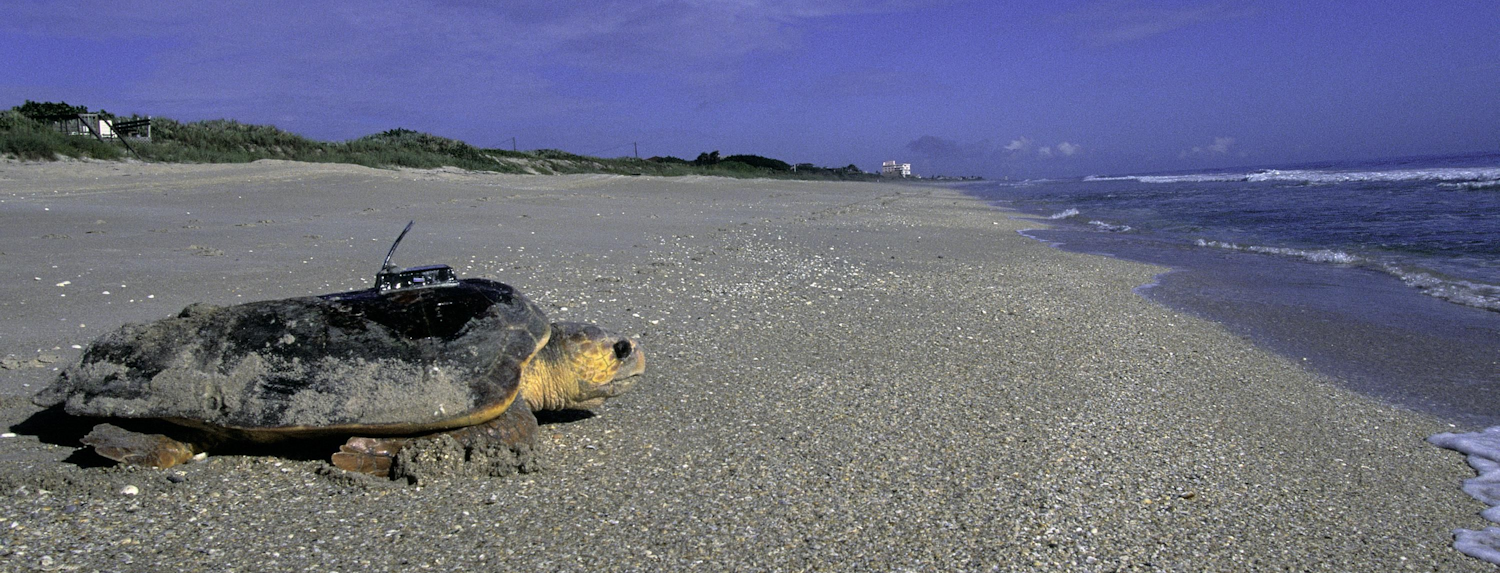Wildlife on Crete
Amphibians and Reptiles
14 species of reptiles and 4 species of amphibians have a home on Crete.
The reptiles include 4 snake species, 2 types of lizard of which one is a subspecies that only live on Crete, 2 skinks and 3 kind of gekkoes and finally 3 turtle species. The amphibians include the highly endangered Cretan Water Frog, endemic to Crete.
Below you'll find a list of the amphibians and reptiles on Crete and thereafter some small descriptions of some of the animals
Lizards and Skinks
Balkan Green Lizard (Lacerta trilineata)
Cretan Wall Lizard (Podarcis cretensis)
Snake-eyed Skink (Ablepharus kitaibelii)
Ocellated Skink (Chalcides ocellatus)
Geckoes
Moorish Wall Gecko (Tarentola mauritanica)
Mediterranean House Gecko / Turkish Gecko (Hemidactylus turcicus)
Kotschy's Gecko (Mediodactylus kotschyi)
Turtles
Stripe-necked Terrapin (Mauremys caspica)
Spur-thighed Tortoise (Testudo graeca)
Loggerhead Turtle (Caretta caretta)
Snakes
Balkan Whip Snake (Hierophis gemonensis)
Leopard Snake (Zamenis situla)
Dice Snake (Natrix tessellata)
Cat Snake (Telescopus fallax)
Frogs and Toads
Green Toad (Bufo viridis)
European Tree Frog (Hyla arborea)
Cretan Water Frog (Pelophylax cretensis)
North American bullfrog (Rana catesbeiana)
Loggerhead Turtle
Greece is home to the Mediterranean's largest egg laying population of loggerhead turtles (Caretta caretta). And the second largest nesting area in the Mediterranean for this highly endangered sea turtle is the beaches of Rethymnon and Skaleta, located just west of Villa Talea.
A fully grown Caretta caretta be approx. one meter long and weigh around 110 kg. It gets between 30 and 60 years old. The turtle spends most of its life at sea, but the female has to find a beach - and it's always the same beach, from where it self was hatched - when she has to lay her eggs.
Unfortunately, tourism and development of beach areas has led to the destruction of many of the turtle nesting areas. The fact that the spawning takes place from early June to late August, and thus coincides with the peak season for tourism in Crete doesn't make things better.
On nightly visits to the beach the female turtle buries 80-100 eggs in the sand. Here they must lie undisturbed for about two months before the little turtles hatch and begin to crawl toward the sea.
Many of the turtles' eggs are destroyed by beach umbrellas or people trampling over the nests. And when the young turtles are hatched it happens that they mistake the artificial lights from hotel buildings with the light of the horizon at sea. They therefore crawl in the wrong direction, and the first trip of their lives is also the last, when they die from exhaustion and dehydration.
Animal protection organizations do what they can to protect the turtles. You can donate contributions, join as volunteer or get more information about sea turtles from 'The Sea Turtle Protection Society of Greece' on their website: www.archelon.gr.

